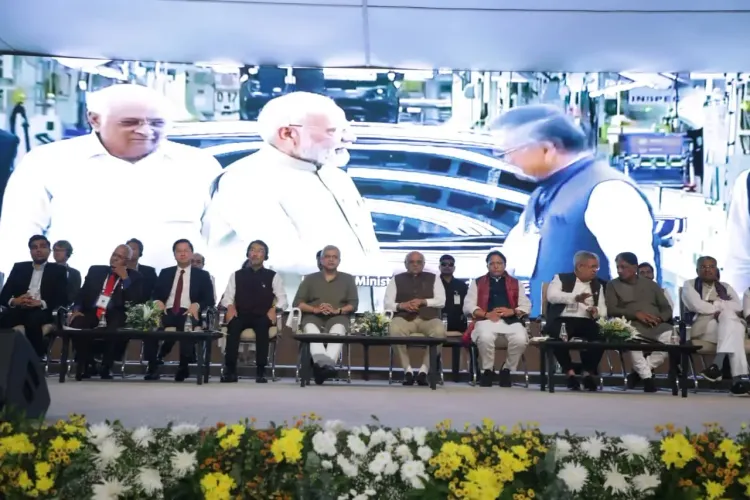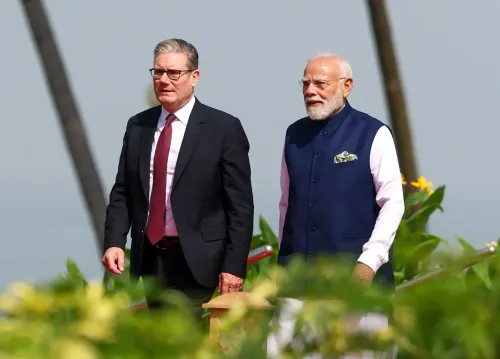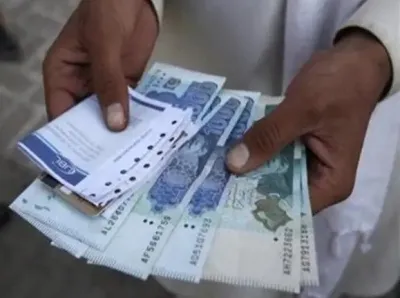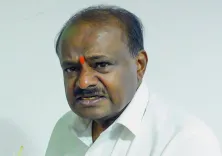What is Gujarat's New ‘Regional Economic Master Plan’ for 6 Economic Regions?

Synopsis
Key Takeaways
- The Regional Economic Master Plan targets a USD 3.5 trillion economy.
- Investment of over Rs 15 lakh crore across 500+ projects.
- Creation of 28 million jobs for Gujarat's youth.
- Focus on advanced sectors like EVs, logistics, and tourism.
- Infrastructure development includes coastal railways and airport expansions.
Gandhinagar, Oct 9 (NationPress) During the opening of the Vibrant Gujarat Regional Conference in Mehsana on Friday, Chief Minister Bhupendra Patel revealed the Regional Economic Master Plan, meticulously crafted for the state’s six pivotal economic regions: North Gujarat, Kutch, Central Gujarat, Saurashtra, Coastal Saurashtra, and Surat.
This master plan aims to serve as a strategic guide for achieving the ambitious target of expanding Gujarat’s economy — through equitable regional development across all 33 districts — from its current scale of USD 280 billion (FY 2023) to over USD 3.5 trillion.
Within these six regional plans, investments from both public and private sectors exceeding Rs 15 lakh crore have been earmarked for more than 500 projects. To ensure economic progress benefits the youth, Regional Skilling Centres and Centres of Excellence, concentrating on areas like Green Skills, Blue Economy, Logistics, and AI Academies, will be established in partnership with industries across all regions.
These initiatives are projected to create approximately 28 million new jobs for the state's youth.
The master plans will concentrate on futuristic sectors that align with the unique production strengths of each area.
Advanced Manufacturing: Emphasis will be placed on innovative sectors such as electric vehicles (EVs), battery storage, marine chemicals, biologics, industrial ceramics, and biofuels — all driven by value addition and technology-led innovation.
Service Sector: The objective is to elevate the service sector’s contribution to the state’s economy to 51 percent by 2047. Emerging service segments such as Global Capability Centres (GCCs), clinical research, logistics, product design, and BFSI (Banking, Financial Services, and Insurance) will facilitate growth in skilled employment.
Tourism: The tourism industry will be enhanced through new prospects like medical value travel, heritage tourism, eco-tourism, cruise tourism, and spiritual and wellness tourism.
Blue Economy: Gujarat’s extensive 2,240 km coastline will be leveraged for port logistics, shipbuilding, fish processing and exports, maritime tourism, and marine innovation, empowering the fishing community while creating new job opportunities.
Rural Economy & Sustainable Development: The agro-processing and dairy sectors will focus on Agri-tech and premium products such as ready-to-eat foods, nutraceuticals, and protein supplements to enhance the rural economy. Initiatives in renewable energy, circular economy, and green manufacturing will advance the sustainability agenda.
At the heart of this development initiative is the enhancement of robust infrastructure.
Over the next 22 years, projects will include coastal railways, high-speed inter-state rail corridors, and sea-link projects. Expansions of airports, along with the establishment of new cargo terminals and cold chains, will ensure efficient logistics.









